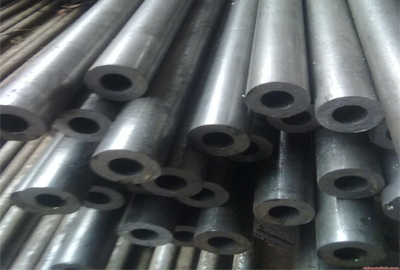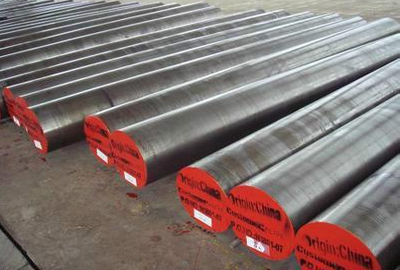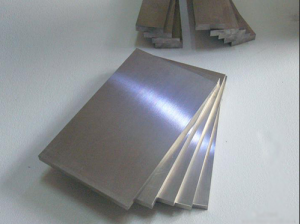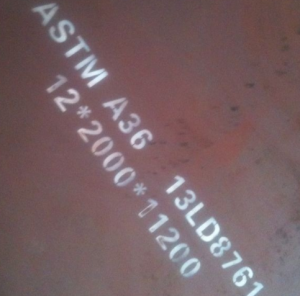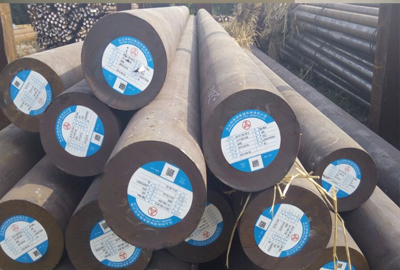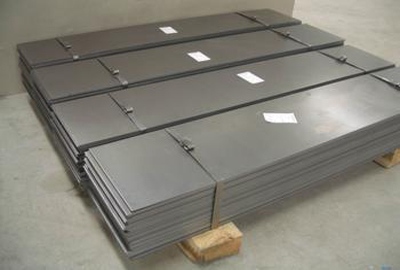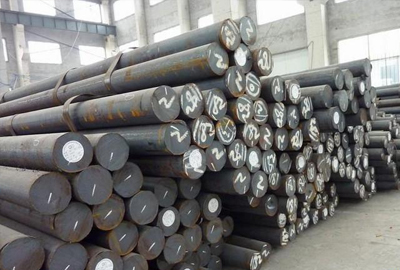Mat.No. 1.5920, DIN 18CrNi8
Short Description:
Designation by Standards Brand Name Ravne No. Mat. No. DIN EN AISI ECN200 742 1.5920 18CrNi8 - - Chemical Composition (in weight %) C Si Mn Cr Mo Ni V W Others 0.18 0.28 0.50 1.95 - 1.95 - - - DescriptionAlloyed carbon steel. ApplicationsComponents with large cross sections requiring high toughness and core strength, such as gears, crankshafts and heavy-duty shafts in aircraft and truck construction. Physical properties (avarage values) at ambient temperatureModulus of e...
Product Detail
FAQ
Product Tags
Designation by Standards
| Brand Name | Ravne No. | Mat. No. | DIN | EN | AISI |
| ECN200 | 742 | 1.5920 | 18CrNi8 | - | - |
Chemical Composition (in weight %)
| C | Si | Mn | Cr | Mo | Ni | V | W | Others |
| 0.18 | 0.28 | 0.50 | 1.95 | - | 1.95 | - | - | - |
Description
Alloyed carbon steel.
Applications
Components with large cross sections requiring high toughness and core strength, such as gears, crankshafts and heavy-duty shafts in aircraft and truck construction.
Physical properties (avarage values) at ambient temperature
Modulus of elasticity [103 x N/mm2]: 210
Density [g/cm3]: 7.83
Coefficient of Linear Thermal Expansion 10-6 oC-1
| 20-100oC | 20-200oC | 20-300oC | 20-400oC | 20-500oC |
| 11.1 | 12.1 | 12.9 | 13.5 | 13.9 |
Continuous Cooling Transformation (CCT) Diagram

Click the image to enlarge the diagram.
Soft Annealing
Heat to 650-700oC, cool slowly. This will produce a maximum Brinell hardness of 217.
Normalizing
Temperature: 850-880oC.
Intermediate Annealing
Temperature: 630-650oC.
Carburizing
Temperature: 850-980oC. Cooling from carburizing temperature: oil, water, thermal bathm, salt bath.
Hardening
Core hardening: 840-870oC. Surface hardening: 800-830oC. Quenching media: oil, water, therma; bath.
Tempering
Tempering temperature: 150-200oC.
Hardenability Diagram

Click the image to enlarge the diagram.
Forging
Hot forming temperature: 1100-850oC.
Machinability
No data.
Forms manufactured: Please see the Dimensional Sales Program.
Disclaimer
The information and data presented herein are typical or average values and are not a guarantee of maximum or minimum values. Applications specifically suggested for material described herein are made solely for the purpose of illustration to enable the reader to make his own evaluation and are not intended as warranties, either express or implied, of fitness for these or other puposes. There is no representation that the recipient of this literature will receive updated editions as the become available.
FAQ Content
![[0{7)7UAZ(]4W{5TSMC65Q7](https://www.htsteelmill.com/uploads/077UAZ4W5TSMC65Q7.png)
